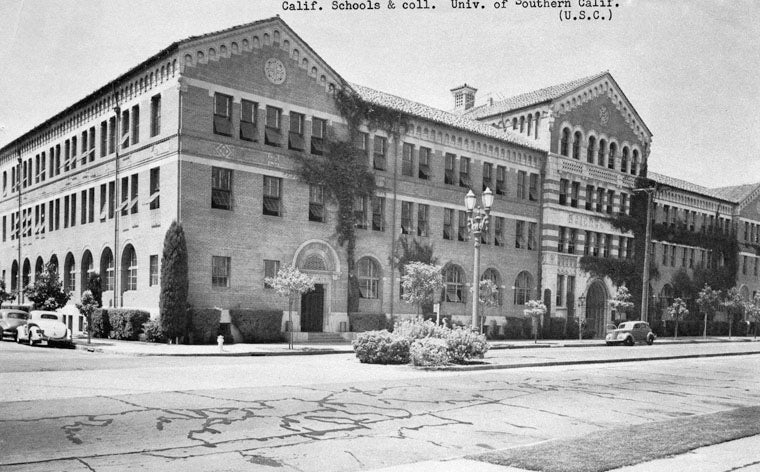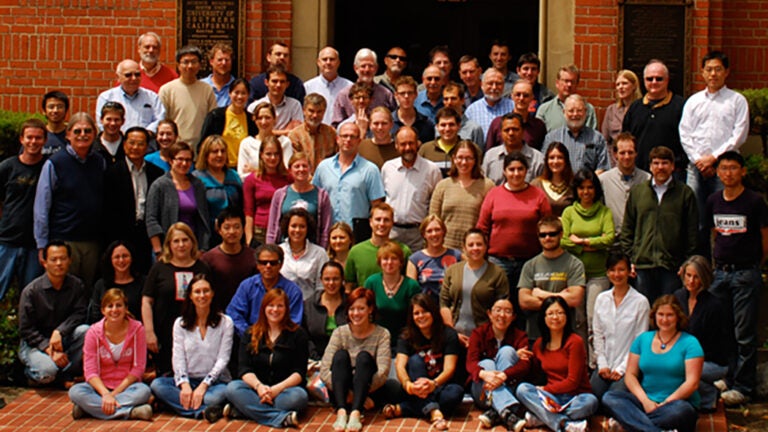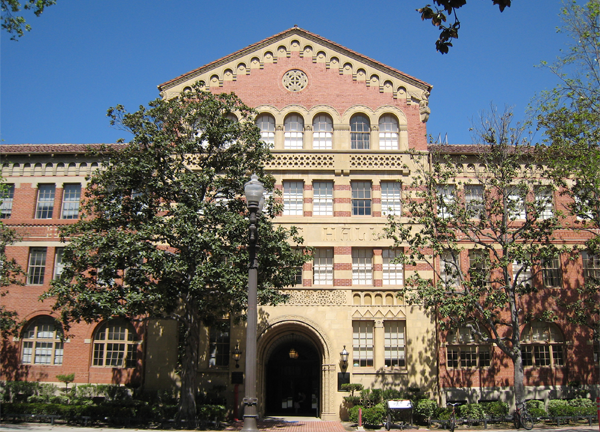
Instruction and research in the Earth Sciences at the University of Southern California are as diversified and distinguished as the University itself. Courses in geology were a part of the curriculum when USC first opened in 1880. Among the geology professors at that time was M. M. Bovard, first president of USC. One hundred years later, the University was led by still another geologist, James H. Zumberge.
The Department of Geology enjoyed its first real surge in support and popularity following the Second World War, when enrollments in the department blossomed as veterans returned to academic studies under the G. I. Bill. Still, in 1961, the Geology faculty numbered only six and the department was known only for its programs in marine geology and invertebrate paleontology.
As the American reaction to the launching of the Russian satellite Sputnik in the late 1960’s, the Department—among hundreds of science departments in U.S. universities—received NSF funding for a rapid expansion of both faculty and scientific breadth. Programs in geochemistry, petrology, and geophysics (especially seismology) were added to the curriculum, as well as the continued building of marine sciences, paleontology, and paleoecology. By 1971, the Department, now the Department of Geological Sciences, had a tenure-track faculty of 12, which grew to 16 a decade or so later. The establishment of the Southern California Earthquake Center in 1991 was a major boon to the Department’s interests and its international reputation in seismology and tectonics.

By the late 1990s and early 2000s the department, now Earth Sciences, had expanded its interdisciplinary interests greatly in addition to its strengths in geophysics. Perhaps chief among them was the founding of a geobiology program that now, less than a decade later, ranks among the top on the planet. Along with these various strengths, the department is currently building strength in climate and paleoclimate studies.

Today, USC Earth Sciences has over 30 full time and research faculty members. Currently, more than 50 graduate students are working toward their doctoral degrees and engaged in research locally and all over the world and in the laboratory. Many of our students are active contributors in affiliated research centers such as the Southern California Earthquake Center, the Wrigley Institute for Environmental Studies and the Natural History Museum of Los Angeles County.